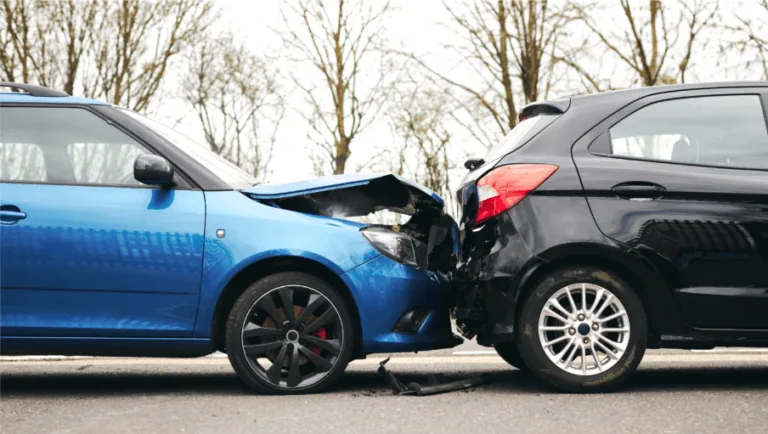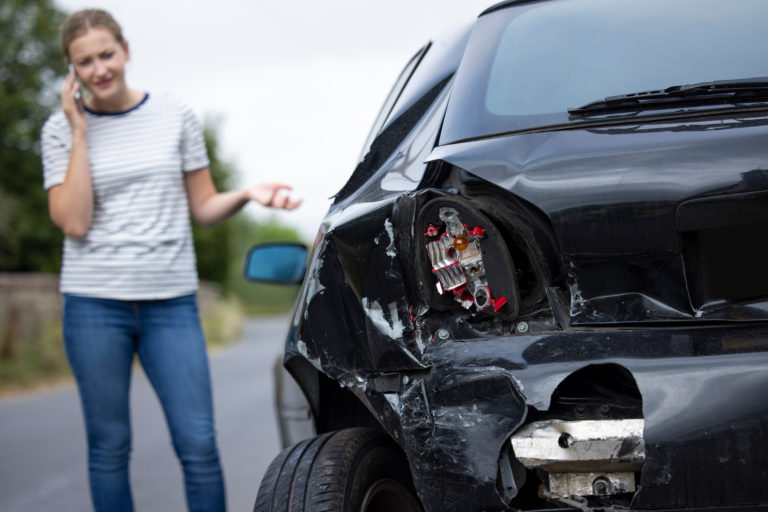Regular seat belt use is the single most effective way to protect people and reduce fatalities in motor vehicle crashes.
Research has shown that when lap/shoulder belts are used properly, the risk of fatal injury to front seat passengers is reduced by 45 percent, and the risk of moderate-to-critical injury is reduced by 65 percent.
Yet nearly one in five Americans (18 percent nationally) still fail to regularly wear their seat belts when driving or riding in a motor vehicle.
Although seat belt use increased to a record 82 percent nationally in 2005 (up from 58 percent since 1994), too many Americans still choose not to regularly wear their seat belts.
Too Many Ignore the Facts
According to the National Highway Traffic Safety Administration (NHTSA), 31,415 passenger vehicle occupants died in traffic crashes during 2005 ? and 55 percent of those killed were NOT wearing their seat belt at the time of the crash.
Nearly two-thirds (64 percent) of the passenger vehicle occupants killed during the night were unbelted – compared to 47 percent during the day.
Also of great concern: belt use is much lower in the rear seat than the front. A detailed survey in 2005 showed that only 68 percent of rear seat passengers were belted, compared to 82 percent in the front seat.
Men – especially younger men ? are much less likely to buckle up. In 2005, 67 percent of male drivers and 74 percent of male passengers between the ages of 18 and 34 who were killed in crashes were not wearing their seat belts.
According to NHTSA, pickup truck drivers and passengers consistently have the lowest seat belt usage rates of all motorists.
In 2005, the observed seat belt use rate in pickup trucks was only 73 percent compared to 83 percent in passenger cars and 85 percent in vans and SUVs.
This lack of seat belt use is deadly. In 2005, 68 percent of pickup truck drivers and 71 percent of pickup truck passengers who were killed in traffic crashes were not buckled up.
Americans driving or riding on rural roadways also face a much greater risk of being injured or killed in traffic crashes than do those in urban or suburban areas.
Seat belt use in the nation’s rural areas consistently trails the national average.
Nationally, in 2005, only 79 percent of rural drivers and their passengers were observed wearing their seat belts compared to 81 percent for urban motorists and 83 percent among suburban motorists.
Part of the danger to rural drivers comes from delayed recovery and emergency response along isolated roadways. But much of the danger is also due to excessive speed, increased alcohol use, vehicle rollovers and higher occupant ejection rates.
Children Must Be Properly Restrained, Too.
Parents are getting the message: 98 percent of all American infants under 1 year old are now restrained.
Unfortunately, 7 out of 10 child safety restraints are improperly used.
Older children need to be appropriately restrained, for their size and age.
One study showed that children who are moved from child safety seats to regular vehicle seat belts too early are four times more likely to sustain a serious head injury in a crash than those restrained in child safety seats or booster seats. The easiest way to remember is, “if they are under 4’9″, they need to be in a booster seat.”
For maximum child passenger safety, parents, grandparents and caregivers should always remember and follow The 4 Steps for Kids:
- Use rear-facing infant seats in the back seat from birth to at least 1 year of age and until they weigh at least 20 pounds;
- Use forward-facing toddler seats in the back seat from age 1 and at least 20 pounds to about age 4 and 40 pounds;
- Use booster seats in the back seat from about age 4 to at least age 8, unless the child is 4’9″ tall.
- Use seat belts when they fit appropriately, usually at age 8 and older or taller than 4’9″. ALL children up to age 13 should ride in the rear seat.
Buckle Up, America. Every Trip. Every Time.
Many part-time seat belt users say they forget or just fail to wear their seat belts on shorter trips or when traveling close to home.
Yet, deadly traffic crashes can and do happen anywhere at any time ? in your neighborhood, on your way to work, when driving your kids to school, or when running errands close to home.
For more information, please visit clickitfla.com.


